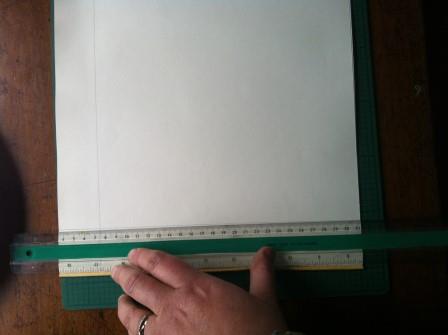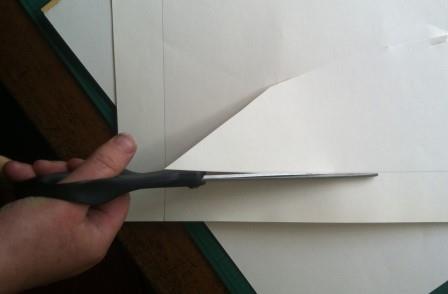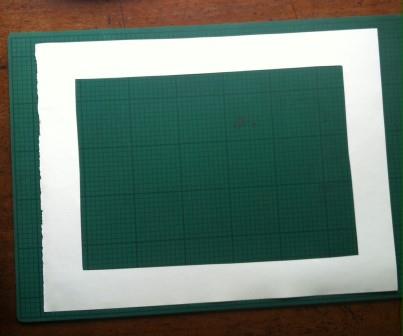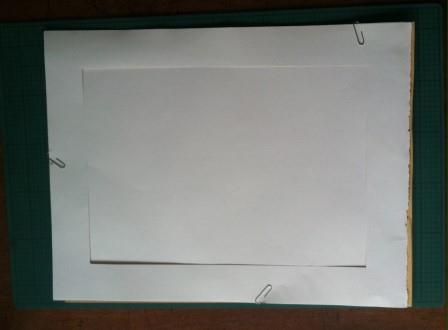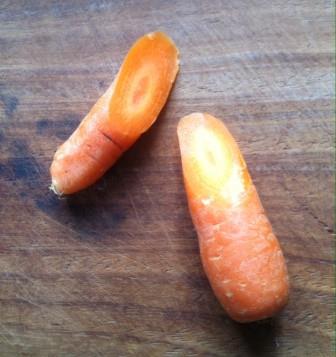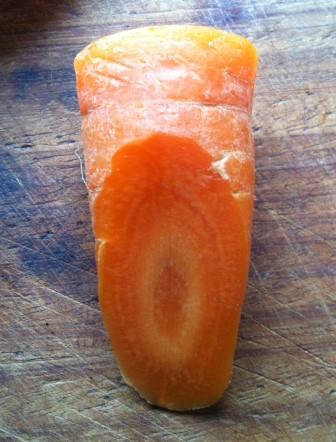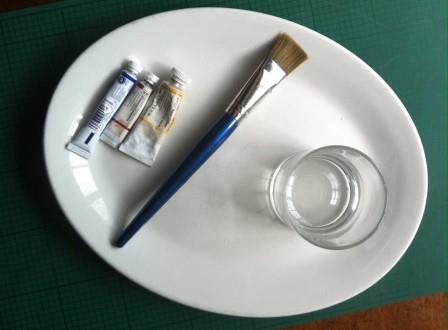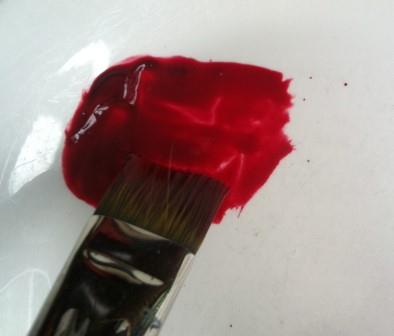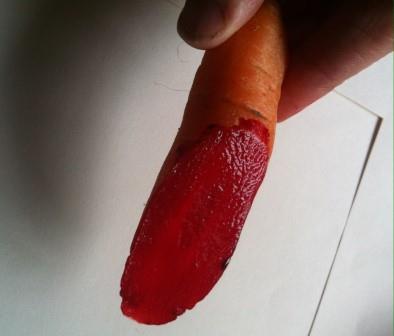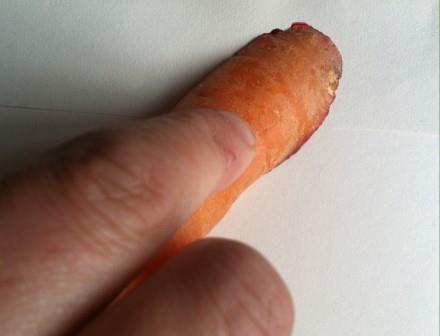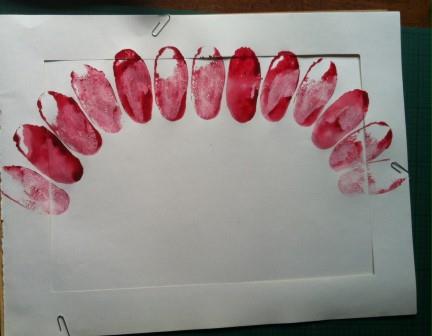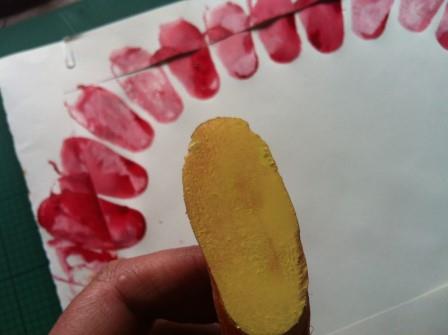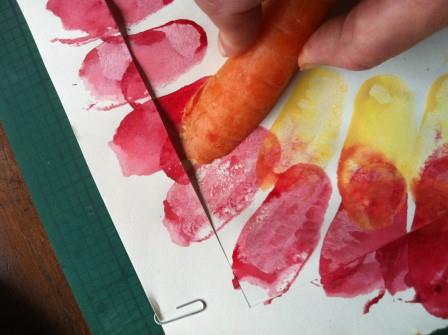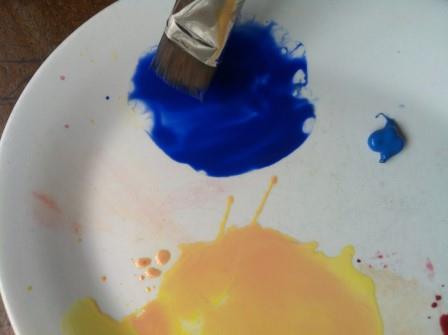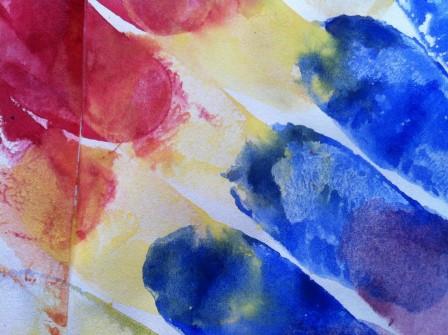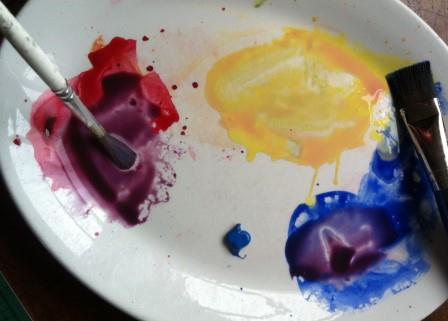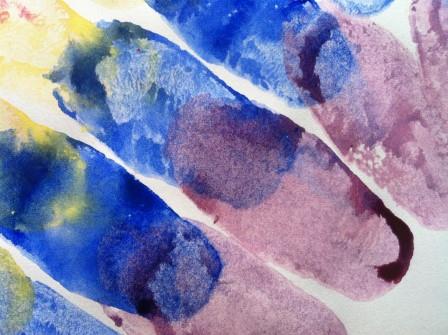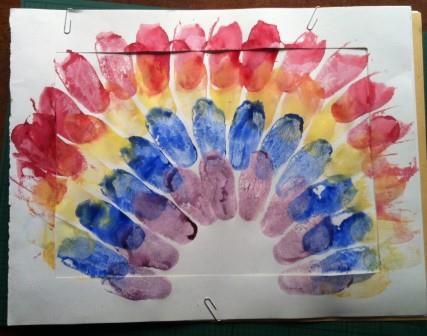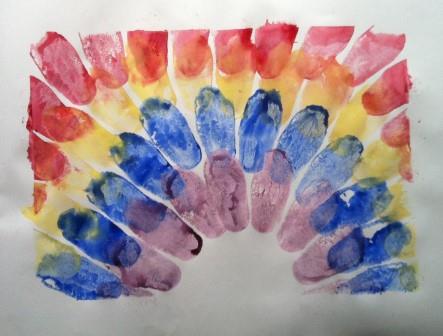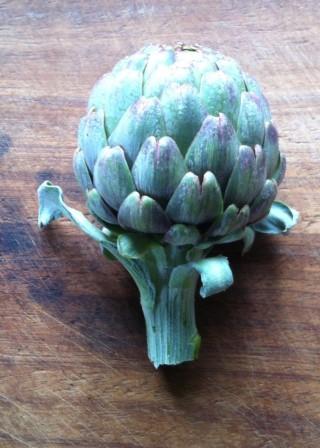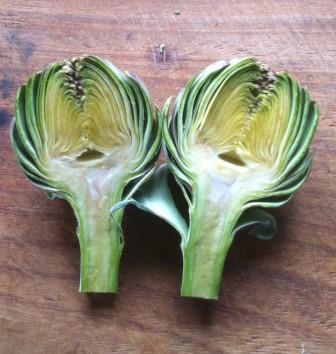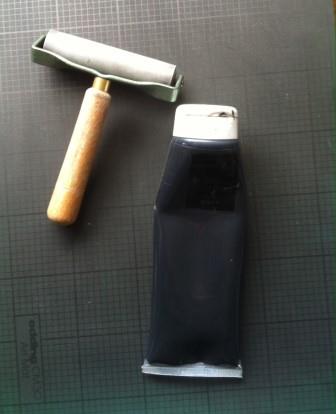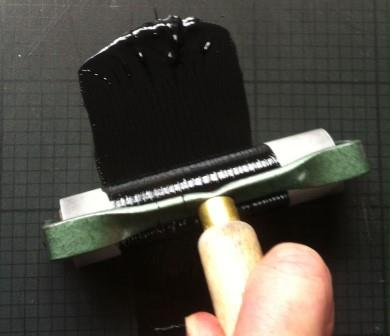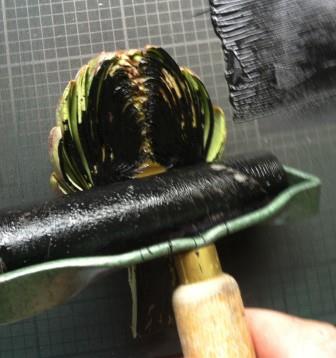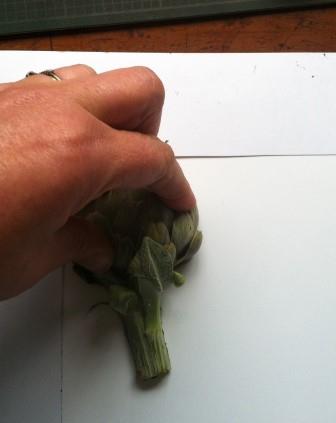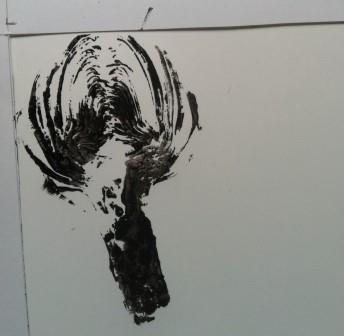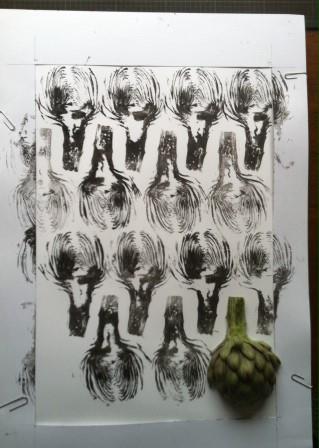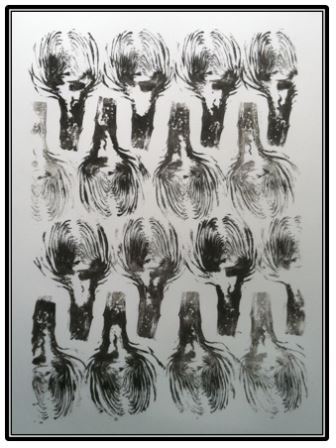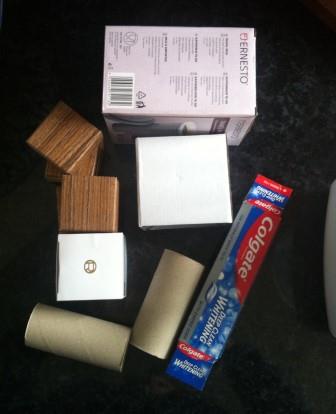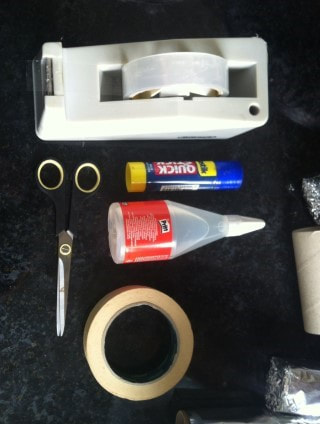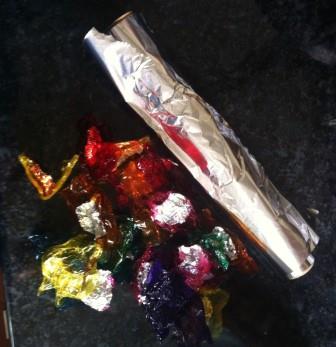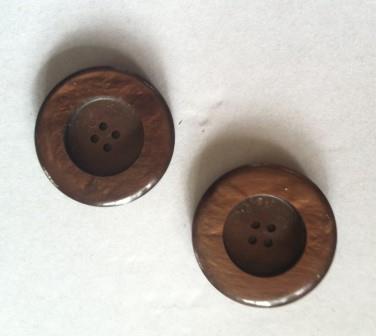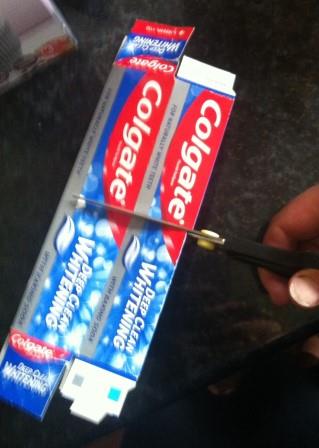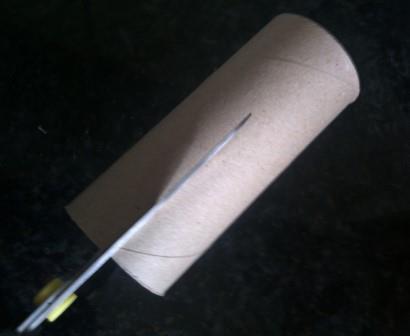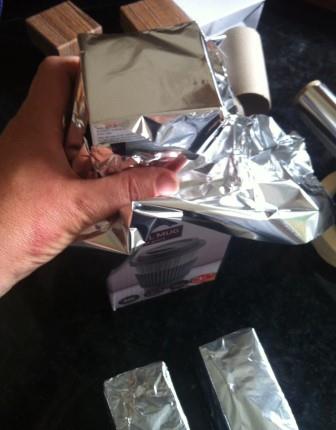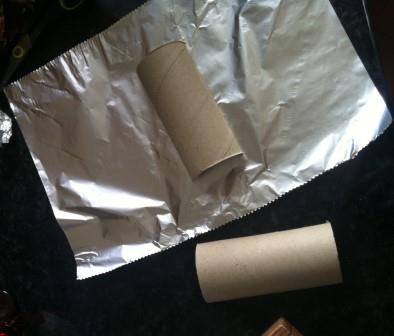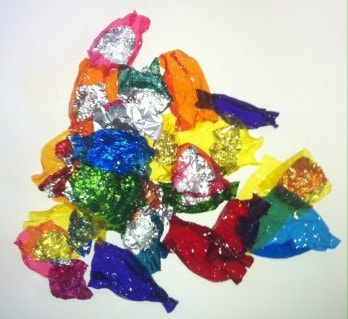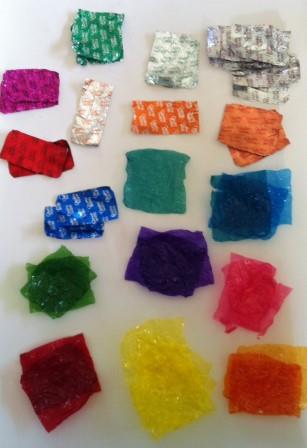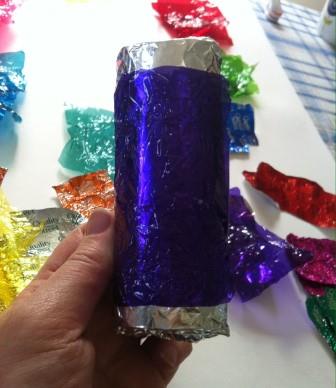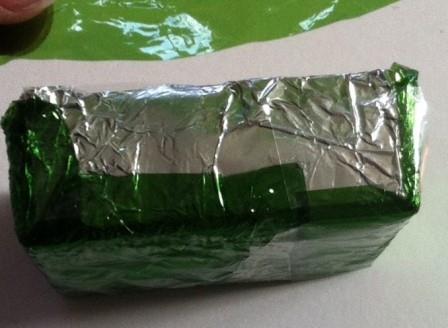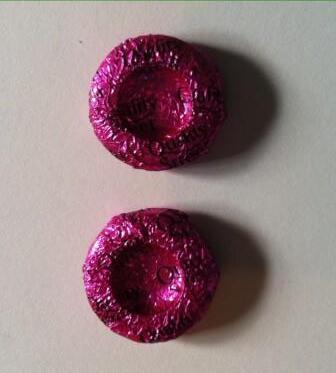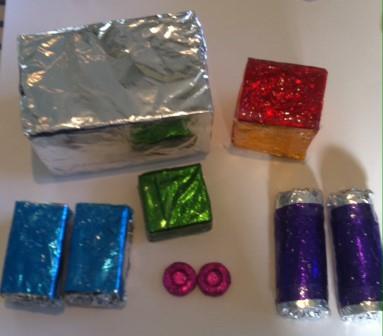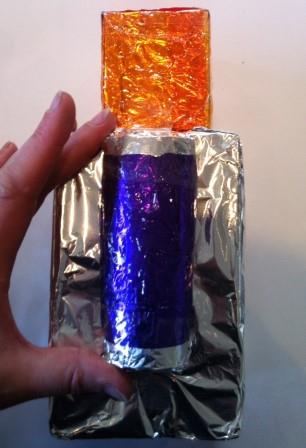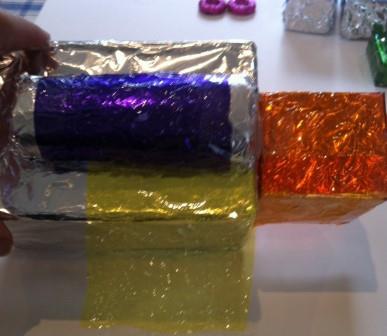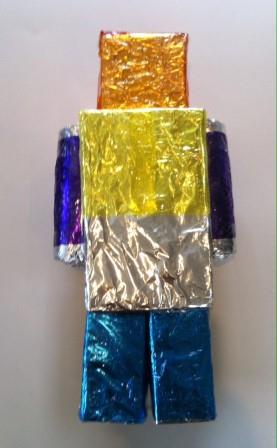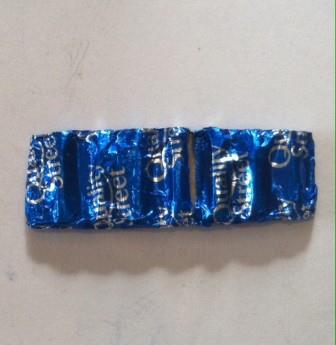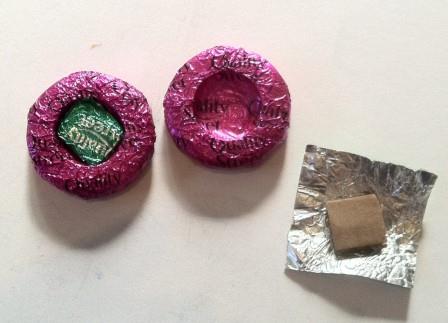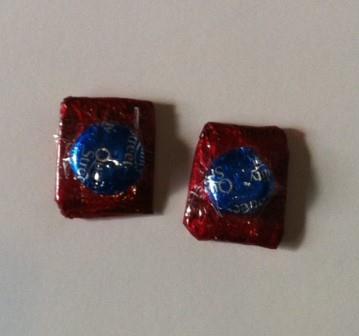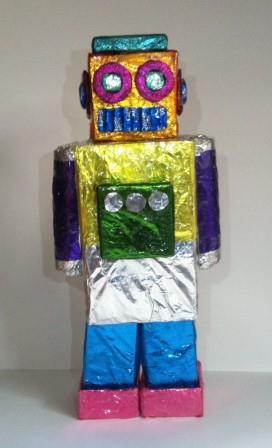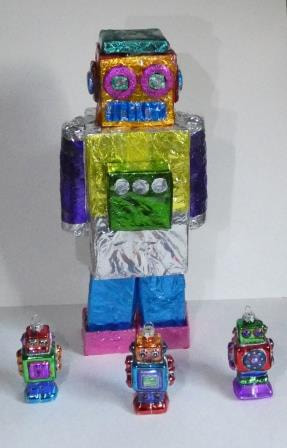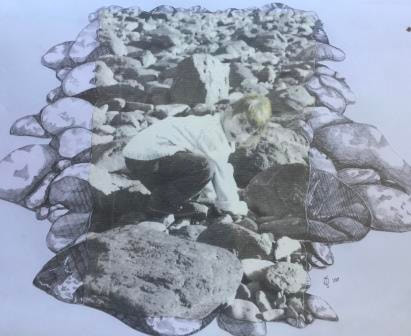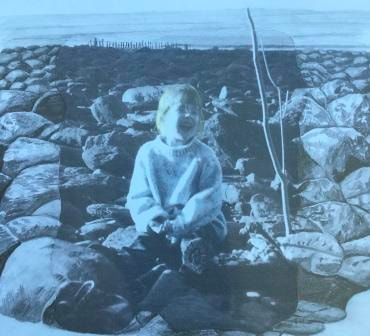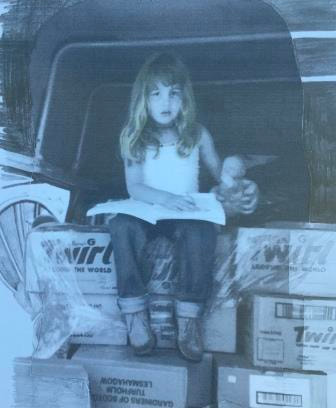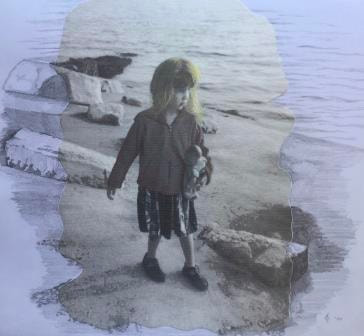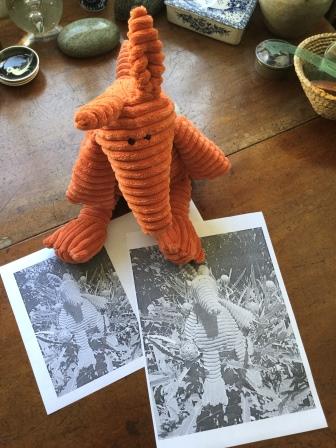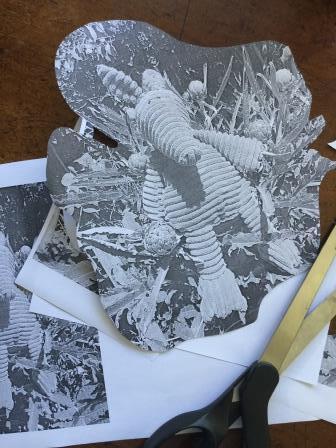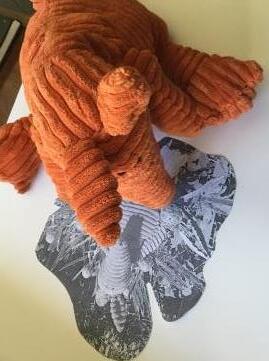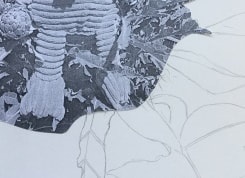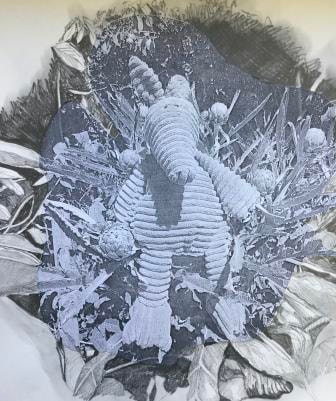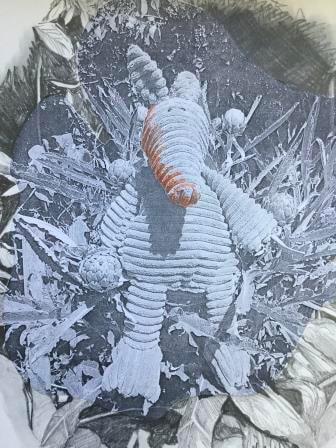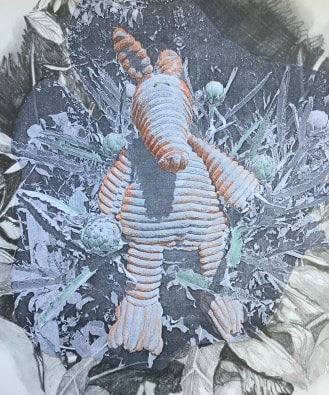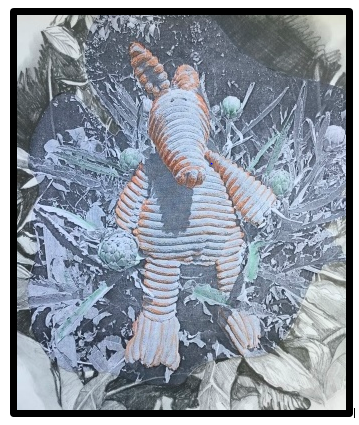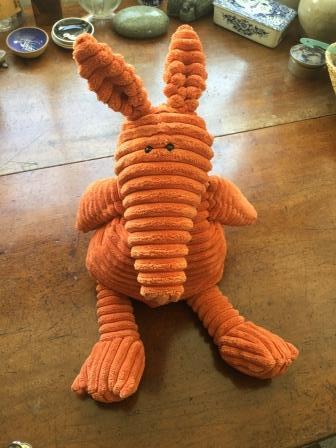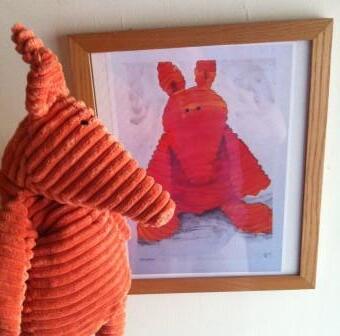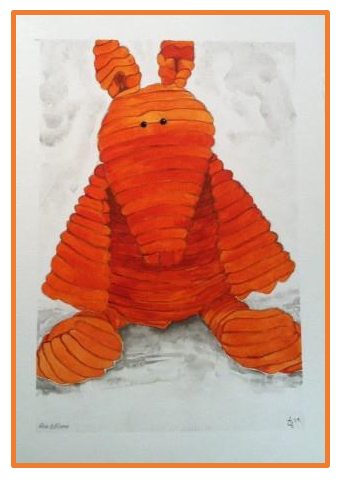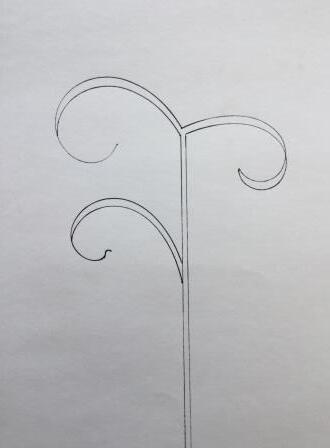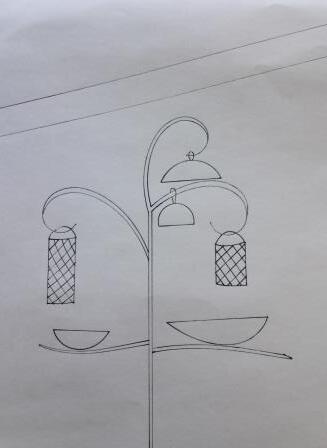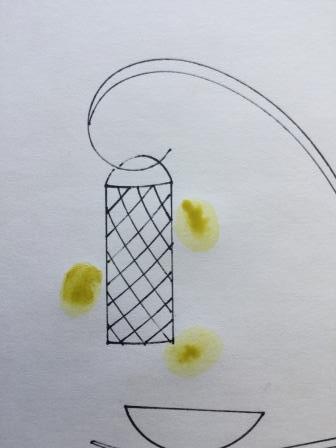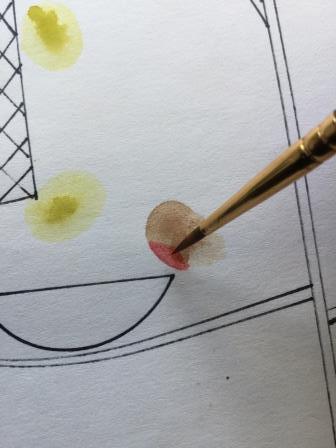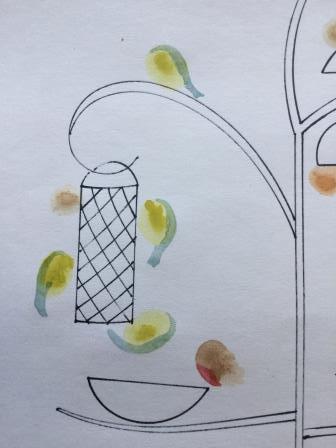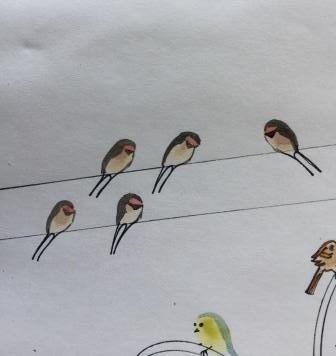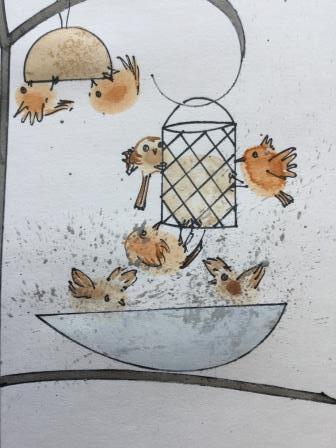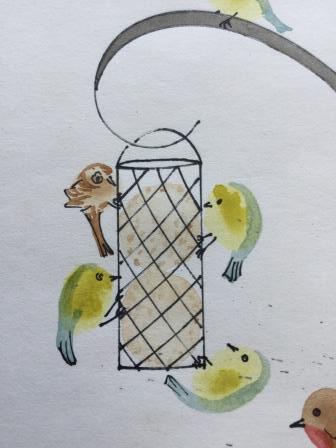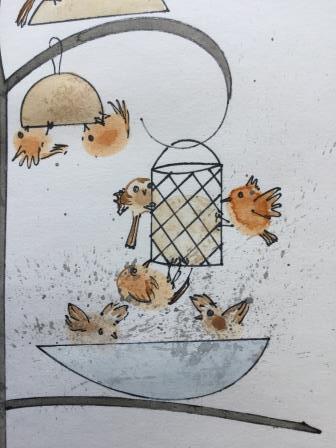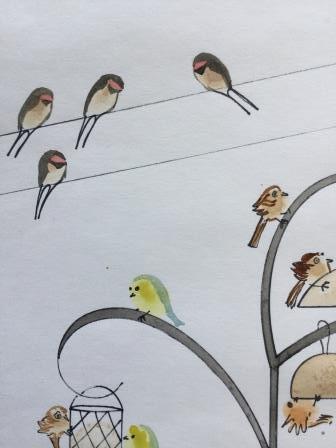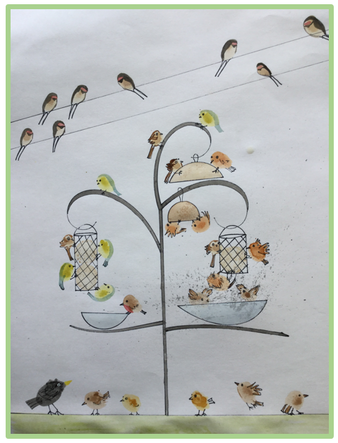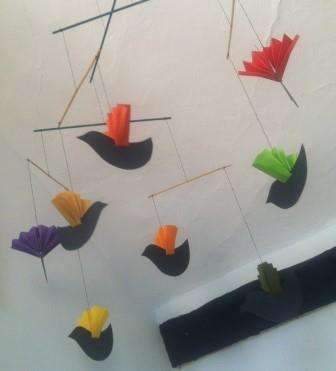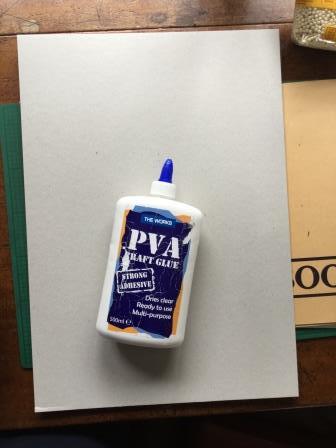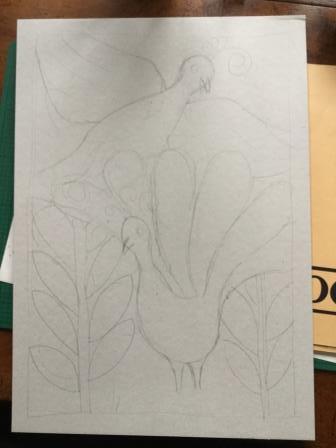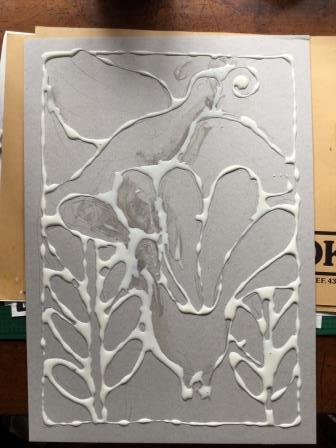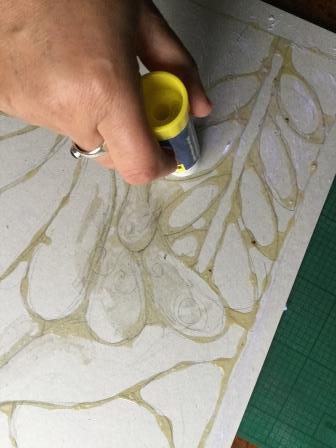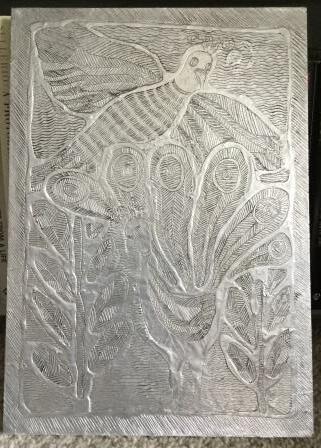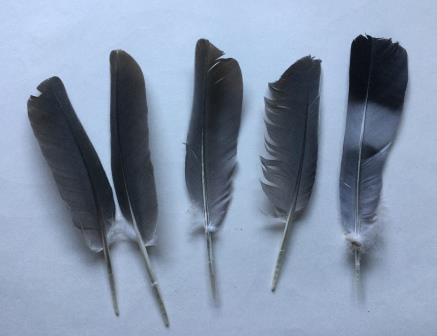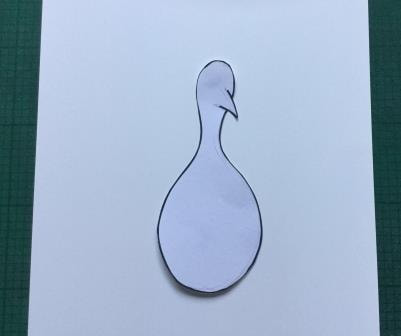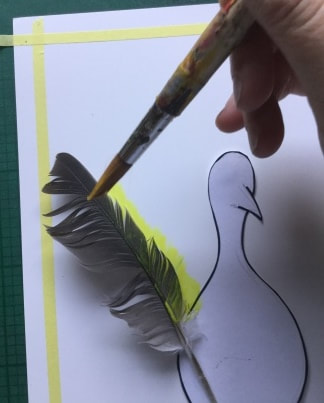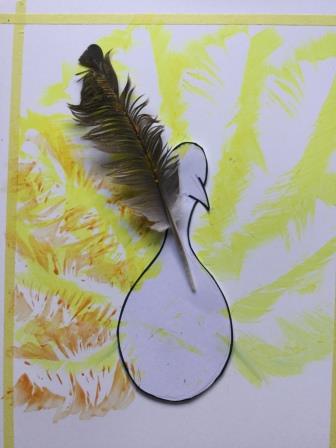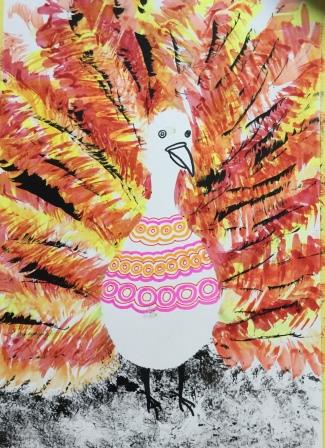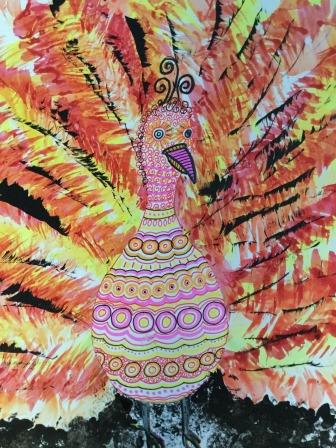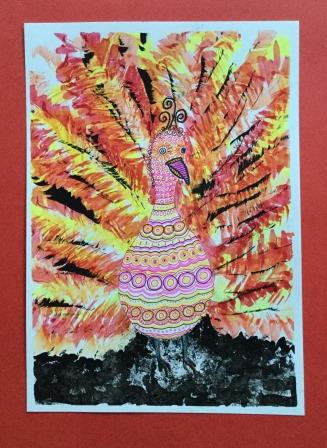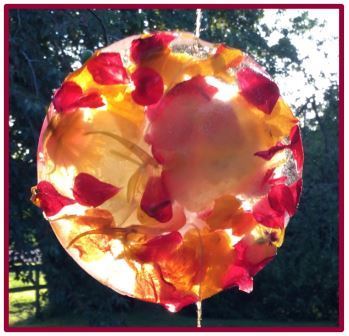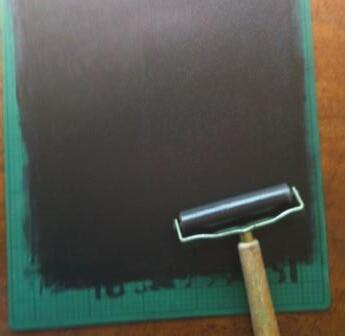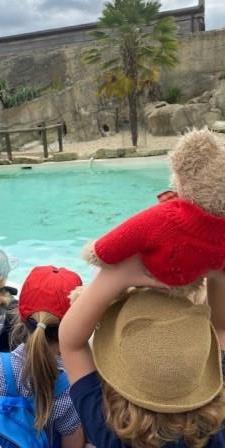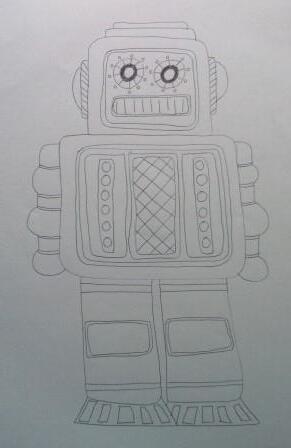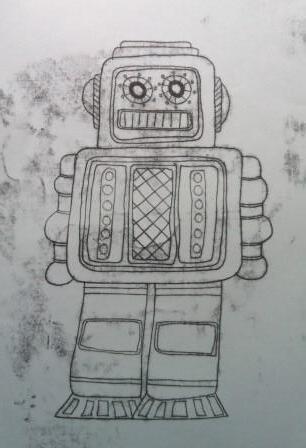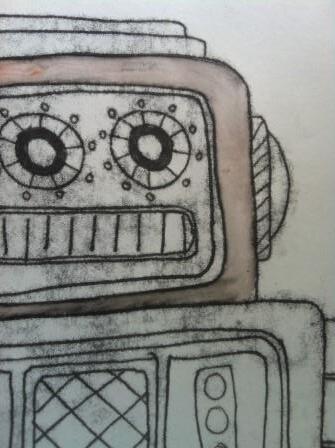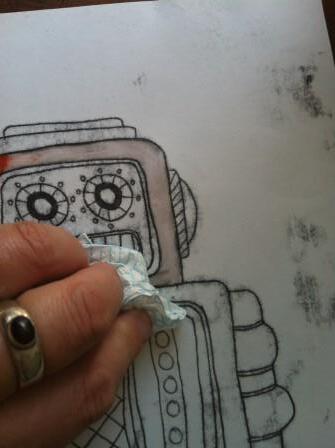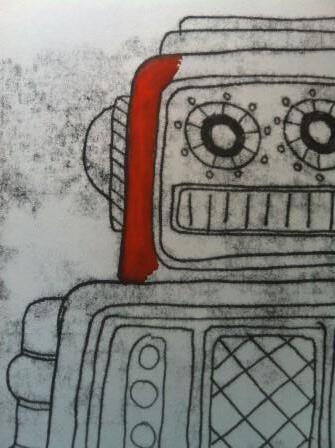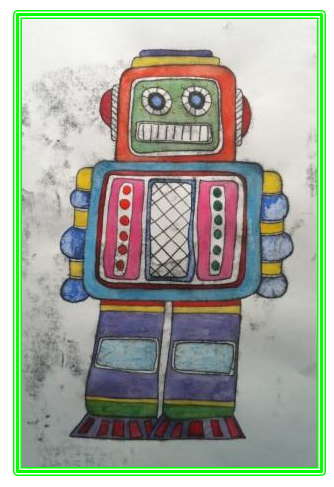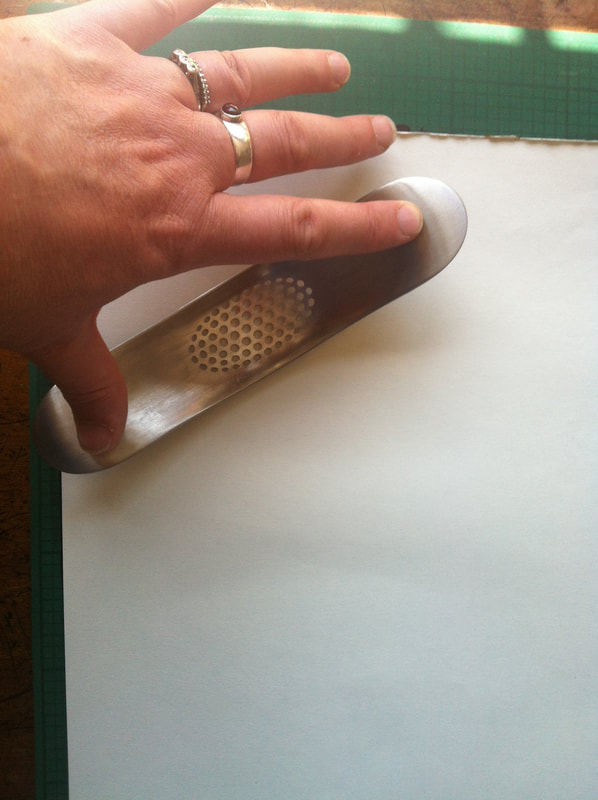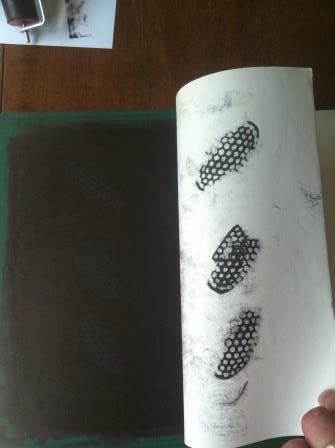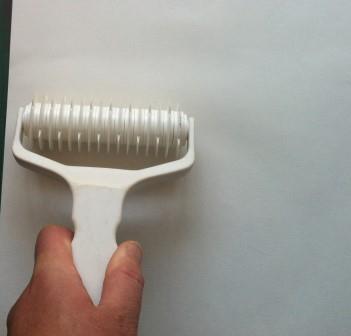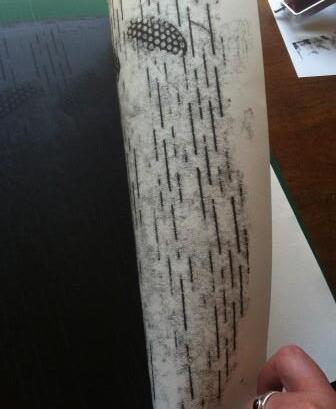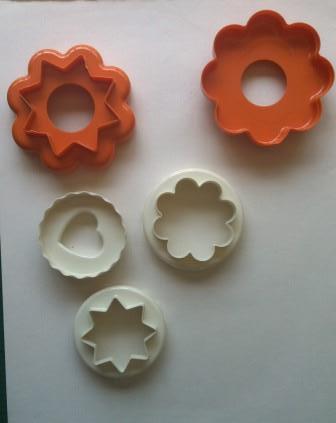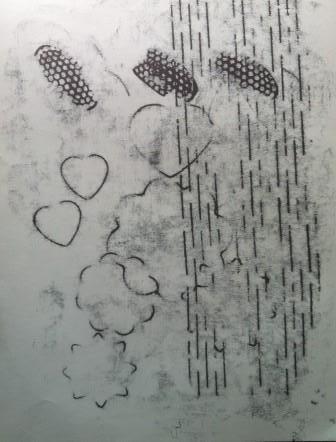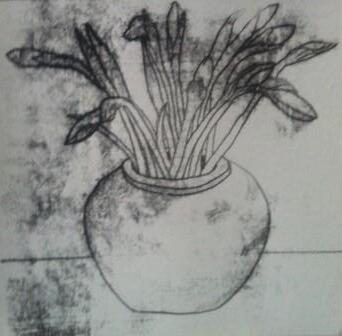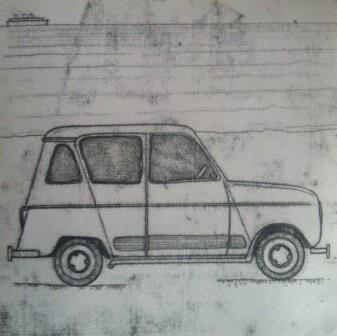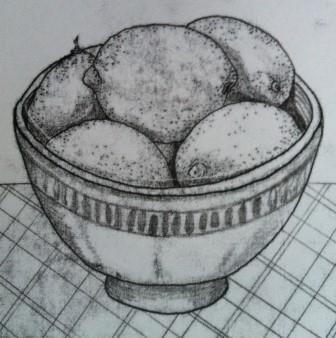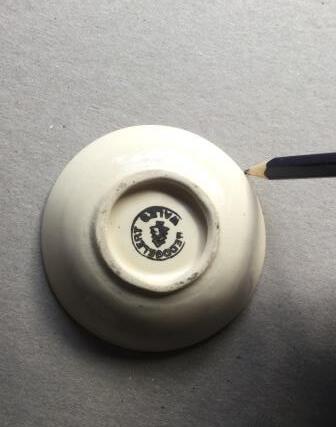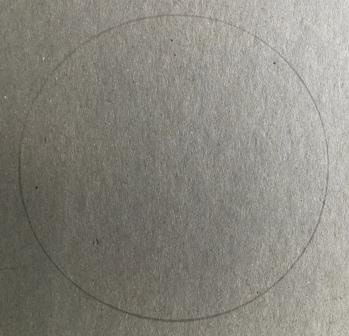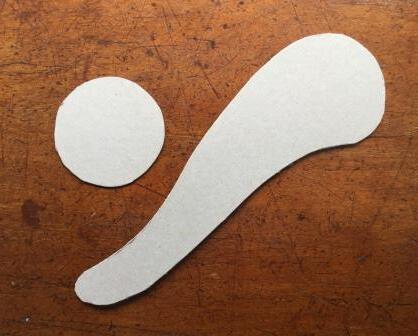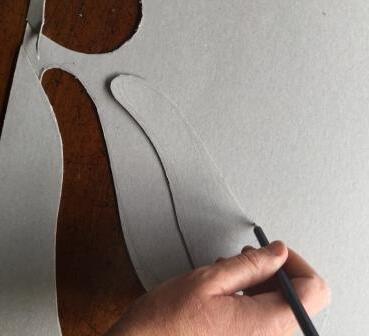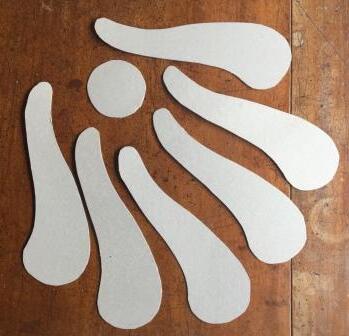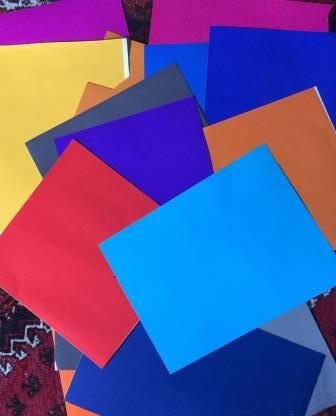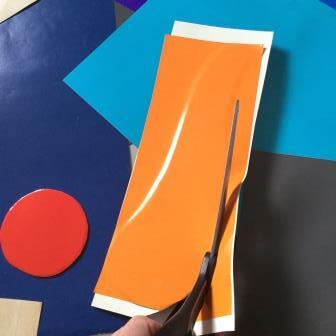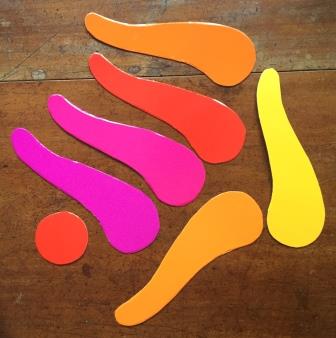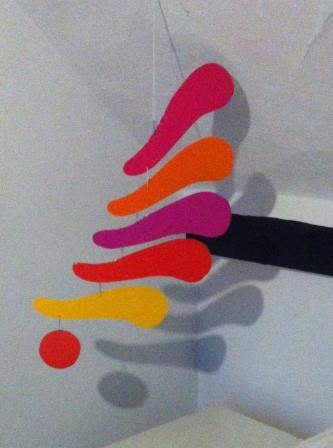Welcome to Ms O'Sullivan's page.
Alongside the home learning resources which our teachers are sharing with you during this time when many of us are learning at home or working from home, I thought it would be nice if I shared some things too, including ideas for art projects and some stories to listen to.
If you click on the red buttons these will take you to videos which introduce activities or where you can watch and listen. If you hover over, or click on some of the pictures, captions will appear with more instructions.
Even though I am very busy most of the time, I will try and find the time to add new bits quite regularly. Please do take a look from time to time to see if there is anything of interest to you.
If you click on the red buttons these will take you to videos which introduce activities or where you can watch and listen. If you hover over, or click on some of the pictures, captions will appear with more instructions.
Even though I am very busy most of the time, I will try and find the time to add new bits quite regularly. Please do take a look from time to time to see if there is anything of interest to you.
This page is to share.......
I promised more printing ideas
Printmaking is "the art of transferring an impression from one object onto the surface of another - rather than directly painting or drawing a mark". It is definitely one of my favourite art forms, partly because you can never be quite sure how things are going to turn out.
The kind of print we are exploring in this workshop is called a 'monotype drawing' and a lovely thing about these is that each one is unique - there is no other exactly like it.
Although printing ink will probably create the clearest image, there is no reason why you can't create a monotype drawing by using paint, if you work quickly before the paint dries!
For this, you will need ink (or paint), a roller (or a brush), some paper and a pencil or biro.
You don't have to use a biro, but it will give a clearer line when you reveal your print and is quite easy to draw with. A pencil can be effective if you want a softer effect.
When you peel your paper off of the inked surface, you will find the image on the other side. Don't worry if there are some smudges - these are part of the charm of a monotype drawing.
When you peel your paper off of the inked surface, you will find the image on the other side. Don't worry if there are some smudges - these are part of the charm of a monotype drawing.
Yes ... it's the robot again!
You might be happy with your picture being in black and white - it does look really effective.
If you want to colour it in though, that could look good too. If you have printed with paint, it is safest to colour it in with pencils or felt tips. If you have used inks, you can then colour it with water-based paint, but do follow the simple tip below to keep your image nice and clear. (Hover over the pictures for instructions)
If you want to colour it in though, that could look good too. If you have printed with paint, it is safest to colour it in with pencils or felt tips. If you have used inks, you can then colour it with water-based paint, but do follow the simple tip below to keep your image nice and clear. (Hover over the pictures for instructions)
You can make your monotype drawings as simple or as complex as you like. Remember, the more you practise, the better you get.
You can also add textures and patterns to your pictures by pressing on your paper with everyday things too.
Why don't you experiment and see what effects you can create?
Why don't you experiment and see what effects you can create?
Lockdown 'time capsule'picture
You can make images of anything using monotype drawings. When the lock down first started, I made some images of some of the things that are important to my family and I, and then put them together into a sort of collage of special things we had thought about during this time.
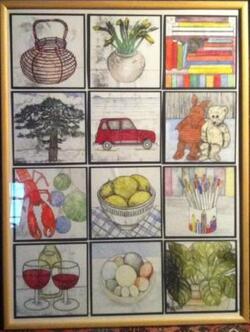
Can you see Rose&bloom?
Perhaps you could think about things that are important to you to make your own 'time capsule'. You could print, draw, take photographs or write a list!
I wonder what you will think of these things in 10 years time, or 50 years time, and whether they will still be important to you?
Perhaps you could think about things that are important to you to make your own 'time capsule'. You could print, draw, take photographs or write a list!
I wonder what you will think of these things in 10 years time, or 50 years time, and whether they will still be important to you?
Alexander Calder inspired Mobile Workshop
As I explain in the video, the two key things when you are making a mobile are:
To make the mobile in the video, you will need some strong card (or some thinner pieces stuck together), some coloured paper/paint, some paper clips, a pair of scissors and something sharp like a drawing pin to poke holes through your card. If you are little, make sure you ask a grown-up to help with this bit.
- always work from the bottom up
- make sure you have found the 'balance point' before you attach the next piece
To make the mobile in the video, you will need some strong card (or some thinner pieces stuck together), some coloured paper/paint, some paper clips, a pair of scissors and something sharp like a drawing pin to poke holes through your card. If you are little, make sure you ask a grown-up to help with this bit.
Once your shapes are ready, you can make them bright and colourful. I used sticky back plastic and coloured paper, but you could use paints, felt-tips or pencils - or just leave your pieces of card plain.
Now all your pieces are ready, follow the simple instructions in the video to make them into a mobile.
